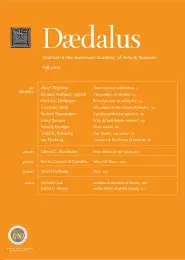The convictions of Peter Debye
At the time of his death in 1966, Peter Debye was internationally renowned for his work on molecular structure, especially dipole moments (the interaction of a collection of charged particles with an electrical field) and the diffraction of X-rays and electrons in gases. For this work, he won the Nobel Prize in Chemistry in 1936. His name, Debye, is still used as the unit of measurement of a dipole moment.
Born in Maastricht in 1884, Debye was educated at the Aachen Institute of Technology and Munich University, where he received his Ph.D. in physics in 1908. Following appointments at Zurich University, Utrecht University, the University of Göttingen, and the University of Leipzig, Debye (in effect) replaced Albert Einstein as director of the Kaiser Wilhelm (now Max Planck) Institute for Physics in Berlin in 1934, serving until 1939. From 1937–1939, he was also president of the German Physical Society.
In 1939, he left his German positions and shortly afterwards emigrated to the United States, to join the faculty of Cornell University in Ithaca, New York, where he taught until 1952. By the time he retired, he had become a colleague respected by many on the Cornell campus, and a mentor to a number of young chemists, many of them now prominent in their fields. He was also a Foreign Honorary Member of the American Academy of Arts & Sciences, elected in 1927.
Given Debye’s reputation, the publication in January 2006 of Einstein in Nederland, by science writer Sybe Izaak Rispens, came as a shock to academic communities on both sides of the Atlantic Ocean.
In Chapter Five of the book–and in newspaper articles he wrote to promote it–Rispens charged that Peter Debye, “one of the greatest Dutch scientists of the twentieth century,” had contributed to “Hitler’s most important military research program.” Acknowledging that Debye was not a member of the Nazi Party, Rispens branded him an “extreme opportunist” and “willing helper of the regime” whose “hands are dirtier than is commonly assumed.”1 . . .
